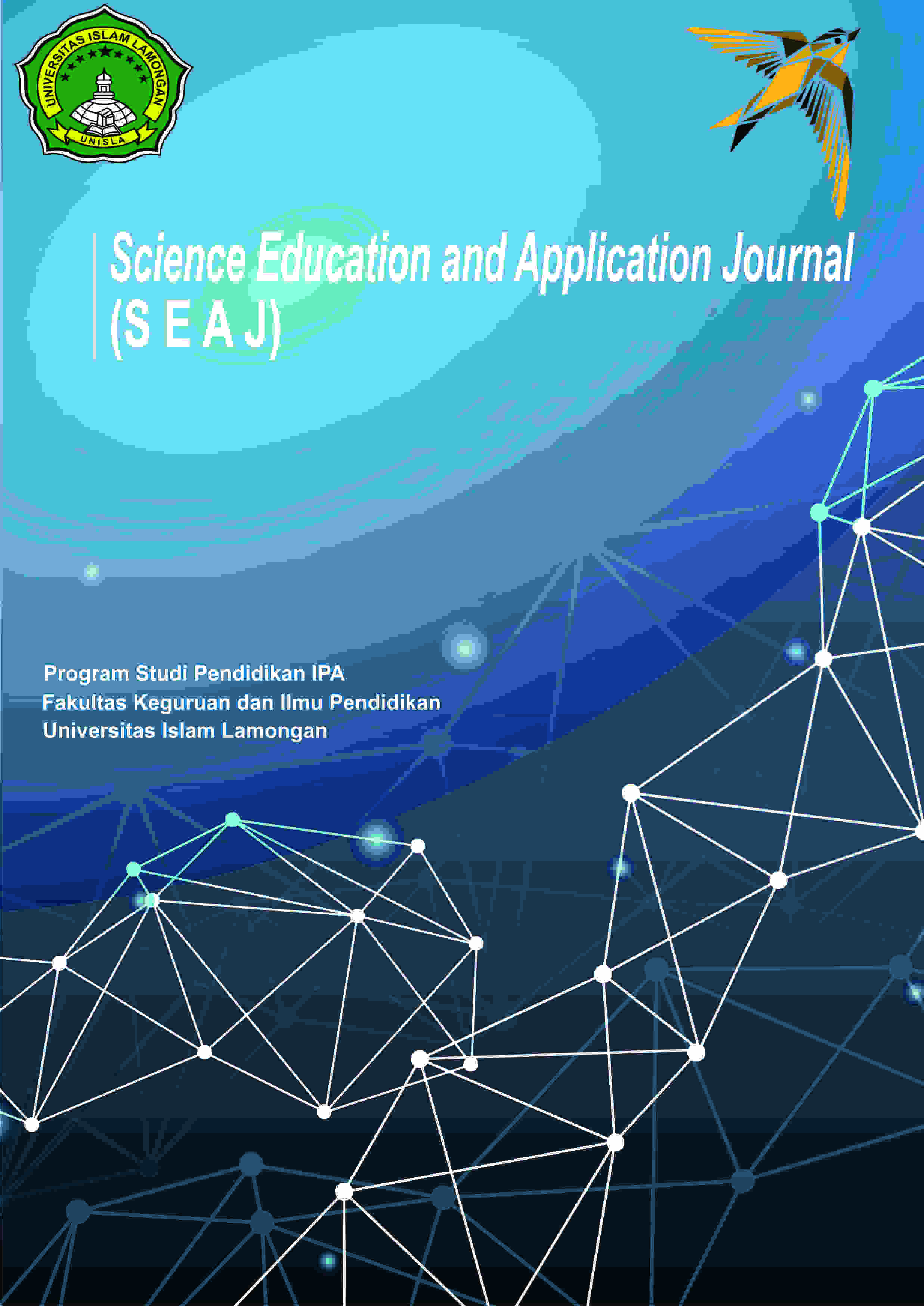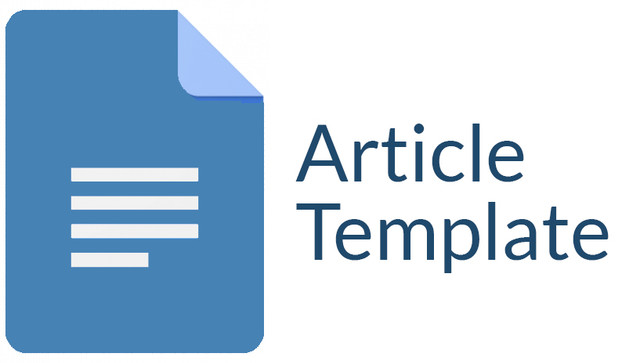DEVELOPING MULTIMEDIA SUPPORTED CRITICAL THINKING TEST on HEAT TRANSFER CONCEPT
DOI:
https://doi.org/10.30736/seaj.v1i1.95Abstract
Critical thinking skill is one of the skills that should be possessed by the students to compete in the global area. There are many ways to practice and increase critical thinking skills of the students by using model and media learning. In order to measure critical thinking skills of the students appropriately, we need the precise test instrument. The purposes of this research are to develop and validate of Multimedia Supported Critical Thinking Test (MSCiT Test) instrument in heat transfer learning material for senior high school students. MSCiT Test is a test instrument  that  optimizes  the  function  of  computer  by  presenting  media, simulation, video, and picture which describe the test that will be done by the students in an interactive dynamic content, a content that enables the students to feel as if they face the real phenomena in the test. MSCiT Test is adapted Halpern’s critical thinking framework which was developed by Tiruneh, involving four different categories, reasoning, hypothesis testing, argument analysis and problem solving and decision making. The research method employed in this research was the research and developmental 4-D model method adapted from Thiagarajan, involving four main steps, define, design and develop. MSCiT Test has been tested in terms of its validity. The validity test consists of construct,the analysis of construct validity was conducted by using Content Validity Ratio (CVR). And the result of value of CVR all of item in instrument are valid with value of CVR 0.722.
Downloads
Downloads
Published
How to Cite
Issue
Section
License
Authors who publish with this journal agree to the following terms:
- Authors retain copyright and grant the journal right of first publication with the work simultaneously licensed under a Creative Commons Attribution-ShareAlike 4.0 International License that allows others to share the work with an acknowledgment of the work's authorship and initial publication in this journal.
- Authors are able to enter into separate, additional contractual arrangements for the non-exclusive distribution of the journal's published version of the work (e.g., post it to an institutional repository or publish it in a book), with an acknowledgment of its initial publication in this journal.
- Authors are permitted and encouraged to post their work online (e.g., in institutional repositories or on their website) prior to and during the submission process, as it can lead to productive exchanges, as well as earlier and greater citation of published work (See The Effect of Open Access).

This work is licensed under a Creative Commons Attribution-ShareAlike 4.0 International License.










